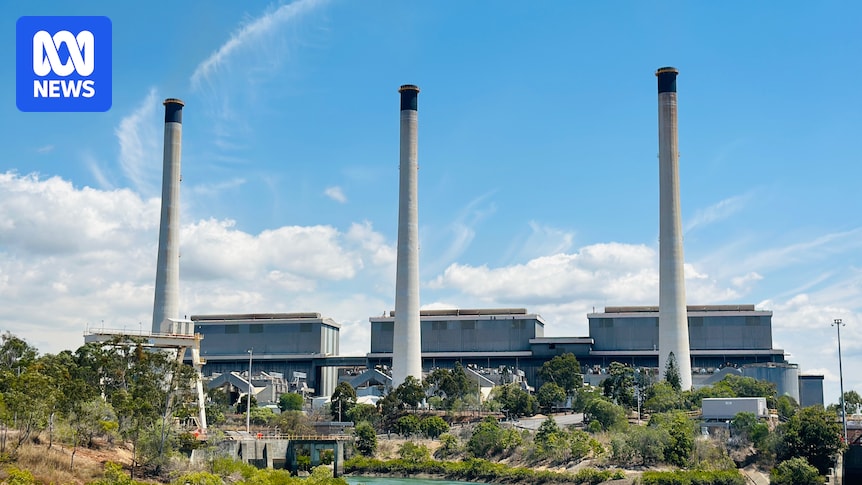Queensland’s energy minister will today unveil a long-awaited road map outlining the state’s future energy needs, where the former Labor government’s plan to scrap coal by 2035 will be “officially abolished”.
The five-year plan is likely to lay out what role coal, gas, wind, solar, pumped hydro and battery storage will play over the long-term in Queensland.
David Janetzki has previously said the LNP wants to see coal-fired power stations running for longer, more gas projects and increased private sector investment in renewables.
On Friday, Mr Janetzki said in a statement coal would remain the part of the state’s energy mix for “decades”.
“The former Labor government’s decision to close coal units by 2035 regardless of their condition is officially abolished today,” he said.
“This is a sensible and pragmatic plan built on economics and engineering, not ideology.”
The current latest “technical life span end date” of all of the state’s coal-fired stations is 2046.
Mr Janetzki will today address the Queensland Media Club where he is expected to outline a “sensible and pragmatic plan” and reveal a $400 million Queensland Energy Investment Fund will be set up.
David Janetzki is expected to details a “sensible and pragmatic plan”. (ABC News: Lucas Hill)
It will be managed by the Queensland Investment Corporation (QIC) with an aim to attract energy project investors to work with the private sector and government-owned corporations.
“[The] fund will be an open door to all renewable investment proponents,” Mr Janetzki said in a statement.
“Bringing Queensland energy supply and firming projects from origination to operations, and inviting collaboration with the private sector and government-owned corporations (GOC).”
QIC will also set up a “gateway” by the end of the year to link the private sector with government-owned energy corporations to deliver new energy infrastructure and investment projects.
“The investor gateway will establish a coordinated approach for developers, investors and government-owned corporations to solicit interest in renewable energy projects and develop whole-of-state solutions,” Mr Janetzki said.
The state government has committed to reach net zero by 2050, with the target to reduce carbon emissions by 75 per cent by 2035 under review.
The LNP has also pledged to scrap legislated renewable energy targets introduced by the former Labor government.
But law changes to repeal those targets — to reach 50 per cent renewable energy by 2030, 70 per cent by 2032, and 80 per cent by 2035 — have yet to come before state parliament.
Loading…
Mr Janetzki said the government would also deliver the Copperstring project in the state’s north.
The planned 1,100 kilometres of power line network from Townsville to Mount Isa is expected to connect towns and mines to the national electricity market for the first time.
In April, the government announced it would seek private investment for sections of the project after costs blew out to $13.9 billion.
Construction workers on site at a Copperstring workers camp. (ABC News: Georgia Loney)
That price tag has been contested by government-owned corporation Powerlink, which estimated it would cost $9 billion last year.
On Friday, Mr Janetzki said $2.21 billion dollars in project savings had been identified already, and the government would deliver the “vital project” for the region.
Construction on the transmission line in Hughenden was expected to begin by the end of this year.

